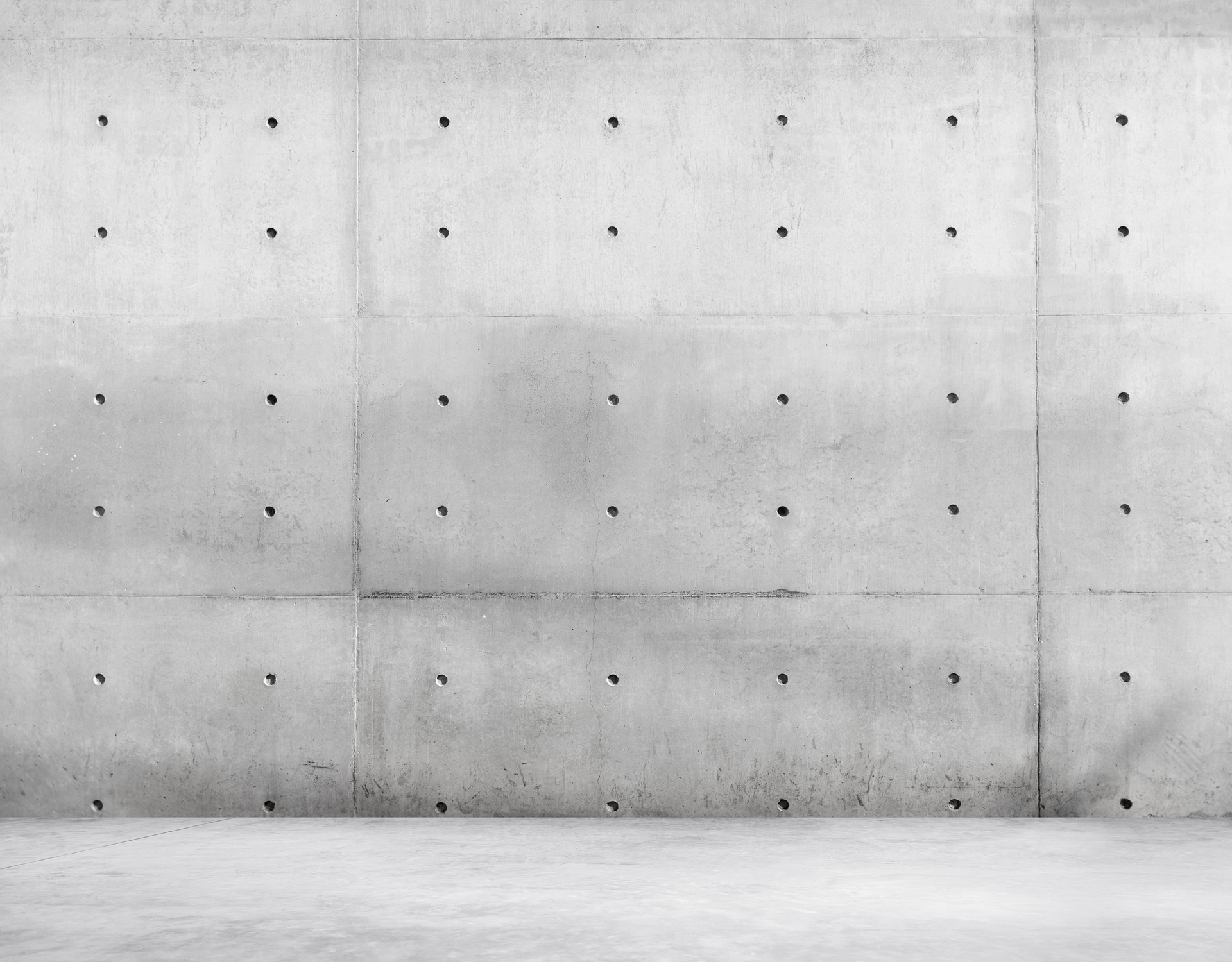 Concrete floors are the cheapest alternatives for flooring and widely used in industrial and commercial settings. You will find them in stores, warehouses and other situations where floors are always under strain from a lot of traffic, both from footfalls and machinery. While functionality is a prime concern in the choice of flooring, there is also some attention being paid to its looks and appearance.
Concrete floors are the cheapest alternatives for flooring and widely used in industrial and commercial settings. You will find them in stores, warehouses and other situations where floors are always under strain from a lot of traffic, both from footfalls and machinery. While functionality is a prime concern in the choice of flooring, there is also some attention being paid to its looks and appearance.
Concrete floors are highly durable, and industrial concrete polishing can also give you floors that are very aesthetic in appearance, but also floors that have high strength, resistance to abrasion, and require very little maintenance. Polished concrete can give you a wide variety of finishes, with different levels of aggregate exposure, colours, and gloss levels. Most commercial and industrial floors will opt for low to medium gloss and also low levels of aggregate exposure. Salt and pepper finishes are commonly used as this opens up the floor enough for hardeners and densifiers to react with the concrete and greatly improve its strength and hence its durability.
There was a time when epoxies and other types of coatings were widely used, but epoxy floors need to be recoated every few years. Polished concrete, on the other hand, gives a concrete floor solution that can last for a long time, without any need for any redoing the floor. There is no need for any other materials to be added. Combined with a proper maintenance program, the use of industrial concrete polishing is a long-term solution for floors.
To create a proper polished concrete floor in industries or commercial enterprises requires attention to its installation and following the required steps to achieve the desired finish. The multi-step process for polishing concrete requires it to be mechanically ground with abrasives that continually cut into the concrete surface. Every cut is made with abrasives that start from the roughest to the finest. With every cut, the surface gets a finer look till the required appearance is achieved.
During this process of grinding the top surface of the concrete floor gets exposed and after the first cut, the use is made of a chemical hardener. This chemical penetrates the concrete and reacts chemically with the other ingredients in the concrete to harden it. This process helps in the dust-proofing of the concrete. The abrading process can also cause hairline cracks, air pockets and pinholes in the concrete and these need to be filled up with grouts. Acrylic-based grouts are the easiest to use and are spread on dampened floors, and while the wetness remains the floor is again ground with finer abrasives to create a slurry that fills all the defects and pores in the concrete. The hardeners or densifiers can also be applied at this stage as the grout will harden along with the concrete.
The grinding process is continued with the use of finer abrasives. Grinding can be wet or dry. Wet grinding can help to cool the diamond abrasives that are used in the grinding and polishing machines and increase their life. Water also acts as a lubricant and makes it easier for the machines to work. Wet grinding, however, does create a mess that requires to be constantly cleared while the work is in progress and this can delay the process of grinding. In dry grinding, the machines are equipped with systems that contain the dust, like vacuum collectors, and thus prevent the creation of any mess. Many industrial concrete polishing contractors will use the dry method when most of concrete is getting removed in the initial phases of grinding and then switch to wet grinding when the work is smoother and creates less of dust. The type of disks used, resin bonded or diamond can also decide the method of grinding.
It is also possible to use dyes to create polished floors of different colours and even combine various colours to give different appearances to the final polished concrete floor. These colours are applied just before the final polishing step. Finishes that mimic wooden floors have been carried out by experienced contractors.
Polished floors are easier to clean and can be maintained with just mopping with a damp cloth. They do not need to be waxed. They are also resistant to chemical and oil spills.
